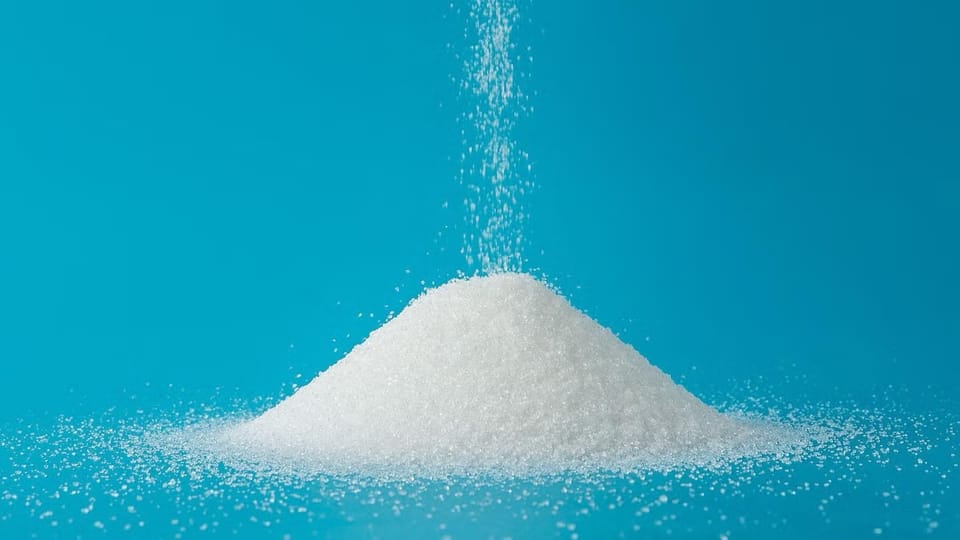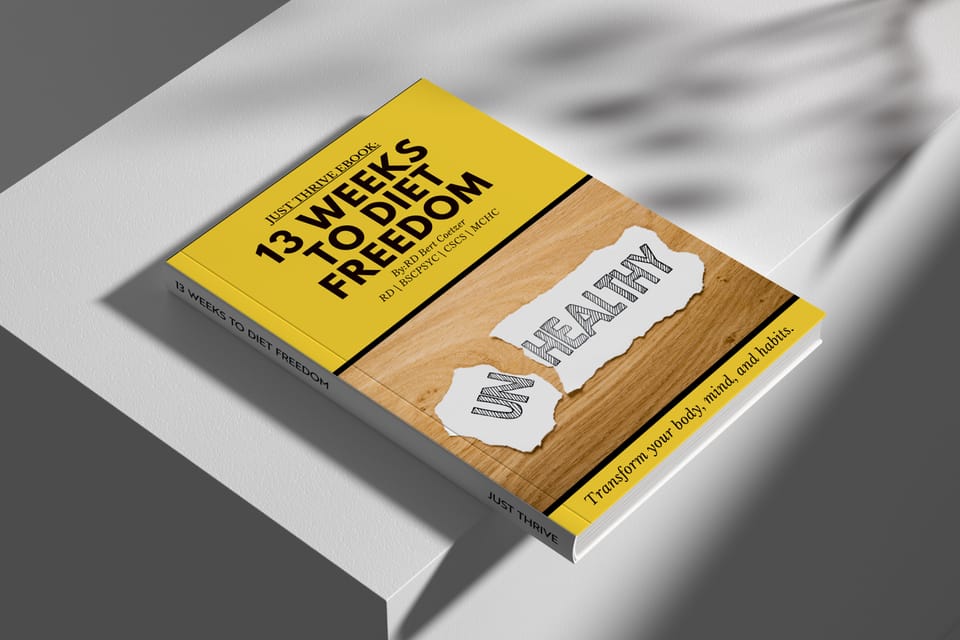Sugar Carvings? What Your Brain Really Wants When It Wants Sugar

It’s 3:17 p.m. You’re staring at a spreadsheet. Your focus is fading, your inbox is a mess, and—bam! The craving hits.
Chocolate. Now.
You’re not physically hungry. Lunch wasn’t that long ago. But your brain is lighting up like a Christmas tree at the thought of a sweet fix.
Why?
Let’s talk about what’s really behind those sugar cravings—and what you can do about them that doesn’t involve white-knuckling your way past the candy drawer.
Your Brain’s Reward System Is Not Broken. It’s Doing Its Job
Sugar activates a powerful chemical in your brain called dopamine—the "feel-good" neurotransmitter.
Dopamine isn’t evil. It’s what motivates you to seek rewards—like food, connection, and even progress. The problem is, highly processed foods give us a massive dopamine spike with very little effort. Your brain remembers that rush and says, “Hey, that felt good. Let’s do it again.”
This is how a habit loop starts:
- You feel bored, tired, stressed, or low.
- You eat something sugary.
- You get a fast hit of dopamine.
- Your brain files it away: Sugar = relief.
Rinse. Repeat.
It’s not that you have no willpower. It’s that your brain is doing what it was wired to do: seek comfort and avoid discomfort. The more you reinforce that loop, the stronger it becomes.
Stress Throws Fuel on the Craving Fire
When you’re stressed, your body releases cortisol, a hormone that boosts alertness, but also ramps up your appetite.
Specifically, it makes you crave quick energy. Sugar. Carbs. Anything your brain sees as fast fuel.
Pair stress with a habit loop, and cravings can feel almost impossible to ignore.
But here’s the truth: most cravings aren’t about food.
They’re about regulation. Your brain wants to feel okay again.
Sugar just happens to be the tool it’s used to reaching for.
So What Can You Do Instead?
Let’s break it into two parts:
- Immediate grounding techniques to interrupt the loop.
- Long-term swaps and supports that give your brain what it really needs.
Quick Grounding Techniques (For Right Now)
- Name the craving out loud.
“I want sugar right now.” It may sound silly, but naming it gives you a sense of control and awareness. It pulls you out of autopilot. - Breathe for 90 seconds.
Research shows that most intense cravings peak and pass within about 90 seconds. Deep, slow breathing tells your nervous system, We’re okay. Try box breathing: inhale 4, hold 4, exhale 4, hold 4. - Check the emotion.
Ask: Am I stressed? Bored? Anxious? Sometimes just identifying the emotion can help diffuse it. - Move your body.
Walk around the block. Stretch. Dance in your kitchen. Movement can help release built-up energy without needing sugar to do the job.
Long-Term Tools to Support Craving Control
- Don’t skip meals (especially protein).
Blood sugar crashes lead straight to sugar cravings. Aim to eat every 3–4 hours, and make sure meals include protein and fiber to keep blood sugar steady. - Add sweet without the spike.
Keep whole food-based sweet options on hand. Try:- Greek yogurt with cinnamon and berries
- A piece of dark chocolate (85%+) with nuts
- Frozen banana blended with cocoa and almond butter
- Create new habit loops.
Your brain still wants that dopamine hit. So pair your “craving moment” with a new reward:- Craving at 3 p.m.? Try tea + upbeat music.
- Feeling anxious? Step outside, stretch, or splash cold water on your face.
Make the new habit easy, fast, and mildly enjoyable. Your brain will catch on.
- Sleep like it matters.
A tired brain is a sugar-hungry brain. Prioritize sleep and you’ll be surprised how many cravings disappear on their own. - Train your “pause” muscle.
Cravings aren’t emergencies. Give yourself a 10-minute pause before acting on one. Sometimes you’ll still eat the thing—and that’s okay—but now it’s a conscious choice, not a reaction.
Final Thoughts: It's Not About Never Eating Sugar
Let’s be clear: sugar isn’t evil.
A life without birthday cake or ice cream cones with your kids isn’t the goal.
But when sugar becomes your go-to for every dip in mood or energy, it’s worth getting curious.
Not judgmental—curious.
Because behind the craving is usually something more important: a need for rest, for regulation, for joy, or for connection.
Learn to listen, and you’ll find you don’t need sugar to feel better.
Try This:
This week, when a sugar craving hits:
- Pause for 90 seconds.
- Name the craving.
- Ask yourself: What do I really need right now?
The answer might surprise you.
Take back control of your health this second half of the year!

How can this program help you?
- Understand why diets fail: Fad diets don’t work because they don’t address the root cause—your habits and psychology.
- Personalized nutrition: No more one-size-fits-all diets. This program is tailored to your unique needs, so you enjoy the journey while losing weight.
- Mind-body connection: Master mindful eating and manage stress with powerful tools that prevent emotional eating.
But don’t let 2025 just be another Year.
Start now, and by the end of this year, you'll have transformed not just your body, but your entire approach to health and wellness.
Click here to start your 13-week journey to diet freedom!
Let’s make this 2025 the turning point you’ve been waiting for.
To your health and freedom,
Bertus Coetzer